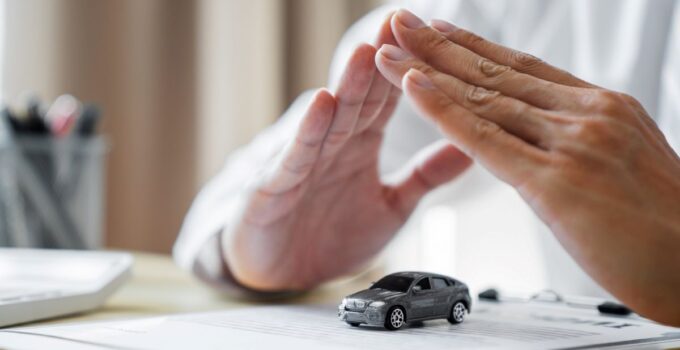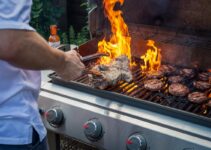Car insurance is something most of us pay for but rarely think about until we need it. But when an accident happens, are you sure your insurance will truly cover you? With changing policies, new technologies, and evolving risks, it’s essential to double-check that your coverage meets your needs.
1. Understand Your Liability Limits

Image Credit: Shutterstock / Inside Creative House
Liability coverage is the backbone of your auto insurance policy, covering damages you cause to others in an accident. But are your limits high enough? If your liability limits are too low, you could be personally responsible for costs that exceed your coverage, including medical bills and property damage. With rising healthcare and vehicle repair costs, consider increasing your limits beyond the state minimum to avoid financial disaster.
2. Check for Uninsured/Underinsured Motorist Coverage

Image Credit: Shutterstock / Studio Romantic
Even though auto insurance is required by law, many drivers on the road are either uninsured or underinsured. If you’re hit by one of these drivers, your medical bills and car repairs could be left uncovered. Double-check your policy to ensure you have adequate uninsured/underinsured motorist coverage, which can protect you if the other driver doesn’t have enough insurance.
3. Make Sure You Have Comprehensive and Collision Coverage
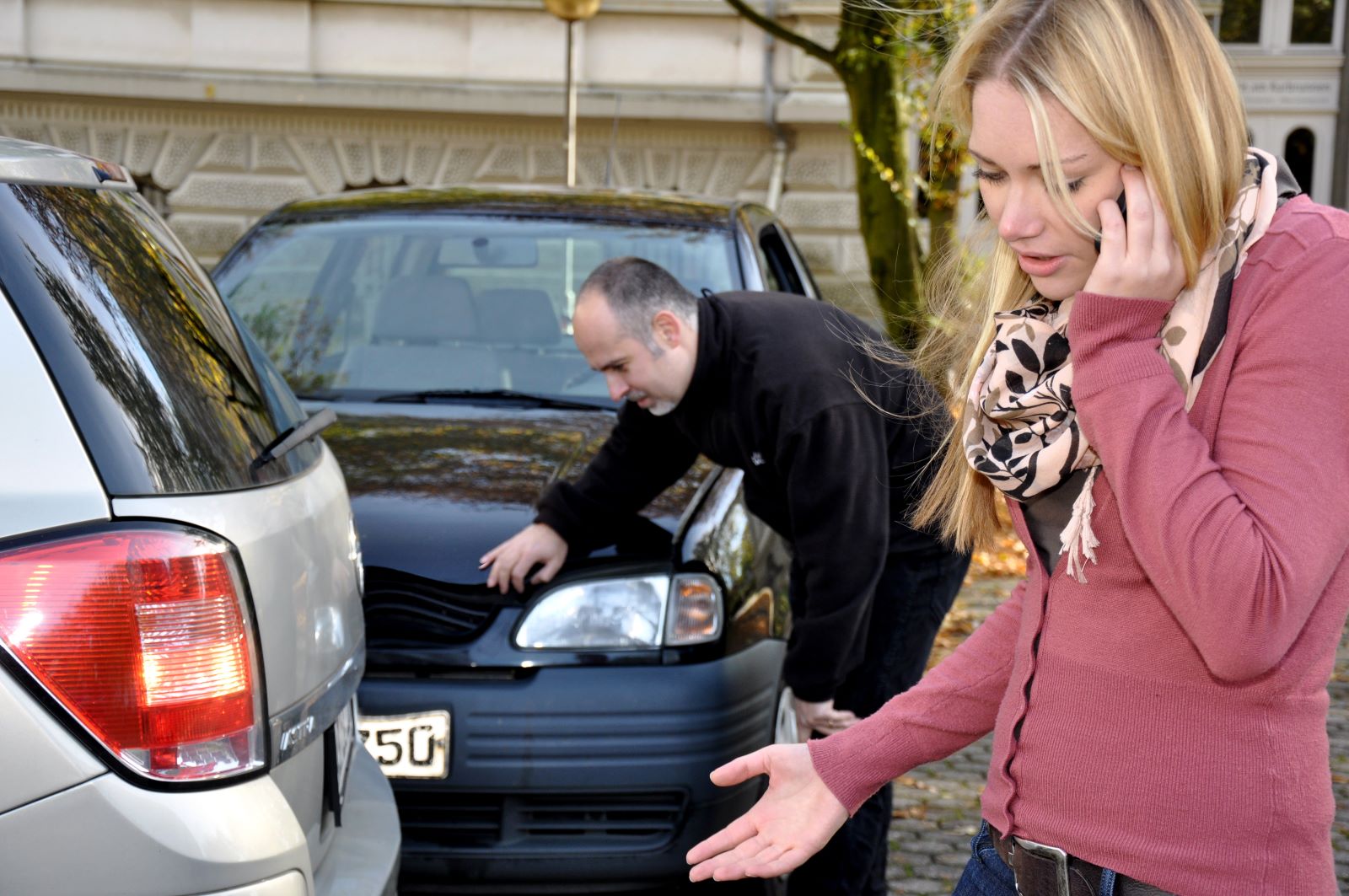
Image Credit: Shutterstock / Dan Race
Comprehensive and collision coverage protect your vehicle from damage, regardless of who is at fault. Collision covers accidents with other vehicles or objects, while comprehensive covers events like theft, vandalism, and natural disasters. If your car is relatively new or valuable, make sure you have both coverages. Many drivers drop this coverage as their vehicle ages, but with the increasing cost of car repairs, you might want to reconsider.
4. Review Your Deductibles

Image Credit: Shutterstock / fizkes
Your deductible is the amount you pay out of pocket before your insurance kicks in. Higher deductibles lower your premiums but can leave you with a hefty bill after an accident. If your financial situation has changed recently, or you’re concerned about affording a sudden expense, consider adjusting your deductible. Balancing your premium costs with your ability to cover a deductible is key to maintaining adequate coverage.
5. Ensure Your Policy Covers Rental Cars
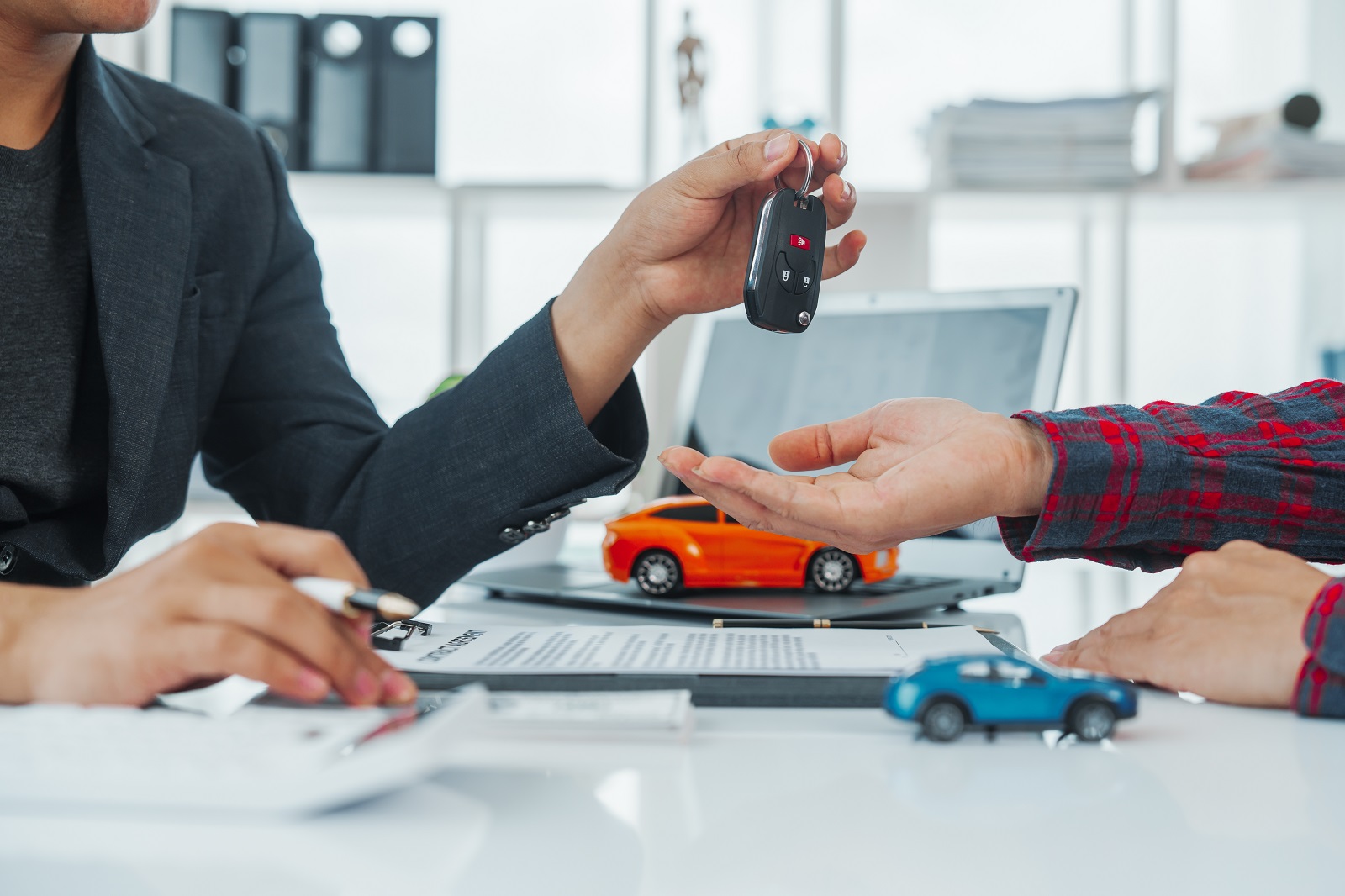
Image Credit: Shutterstock / R Photography Background
If your car is in the shop after an accident, will your insurance cover the cost of a rental? Many policies don’t include rental car reimbursement by default, leaving you to foot the bill while your car is being repaired. If you rely on your vehicle for daily life, make sure you have rental reimbursement coverage to avoid paying out of pocket for a rental.
6. Verify Glass Coverage
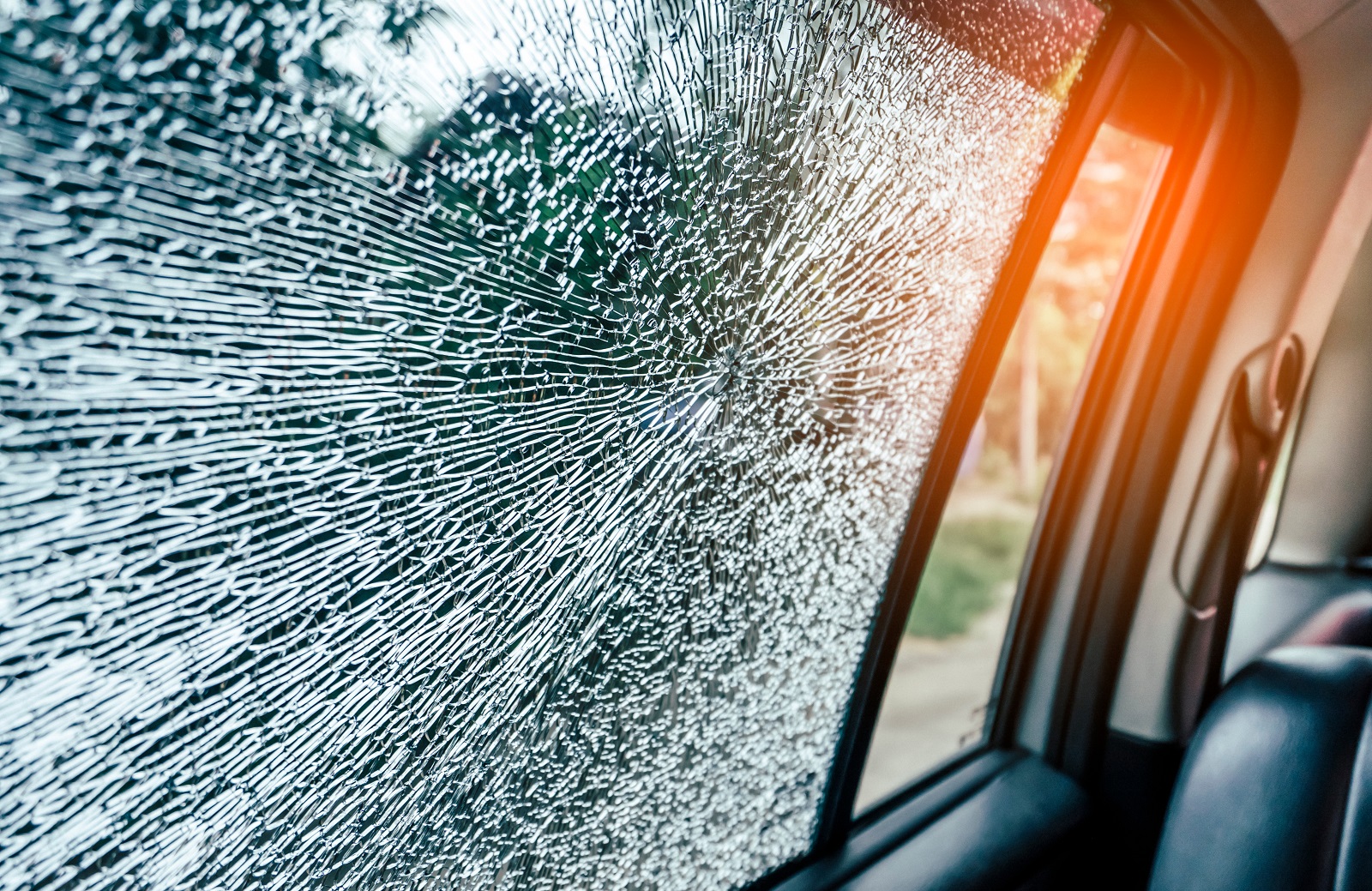
Image Credit: Shutterstock / MMD Creative
Broken windshields and windows are among the most common car insurance claims. Some policies cover glass replacement without applying a deductible, while others do not. If you frequently drive in areas prone to road debris, hail, or vandalism, check whether your policy includes full glass coverage or if you’ll be stuck paying for repairs.
7. Are You Covered for Natural Disasters?
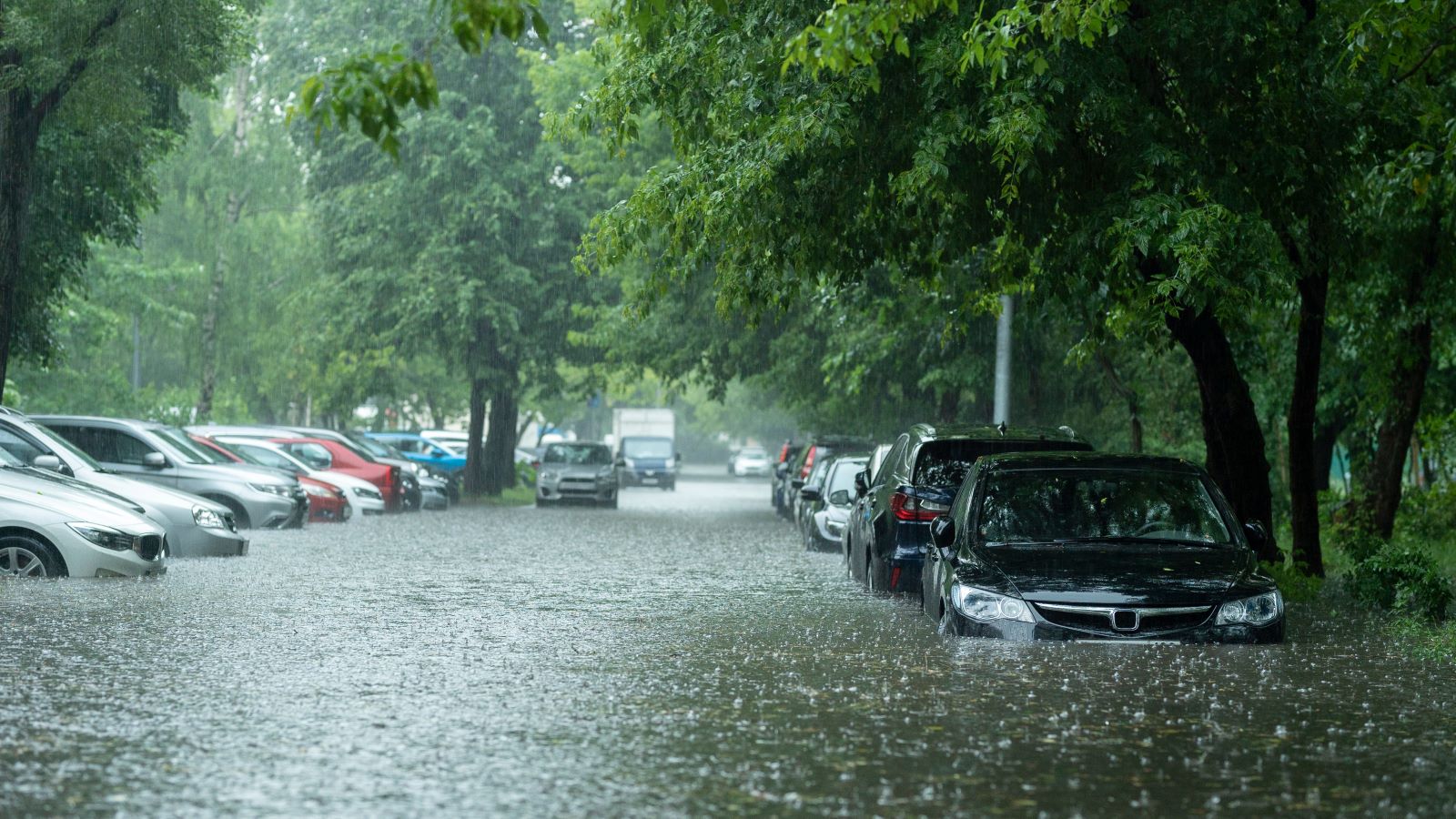
Image Credit: Shutterstock / mkfilm
With climate change causing more severe weather events, make sure your policy covers damage from floods, hurricanes, wildfires, and other natural disasters. Comprehensive coverage typically includes these events, but not all policies are the same. Given the rise in extreme weather incidents across the U.S., ensure that your policy has you covered for acts of nature.
8. Understand Usage-Based Insurance Programs
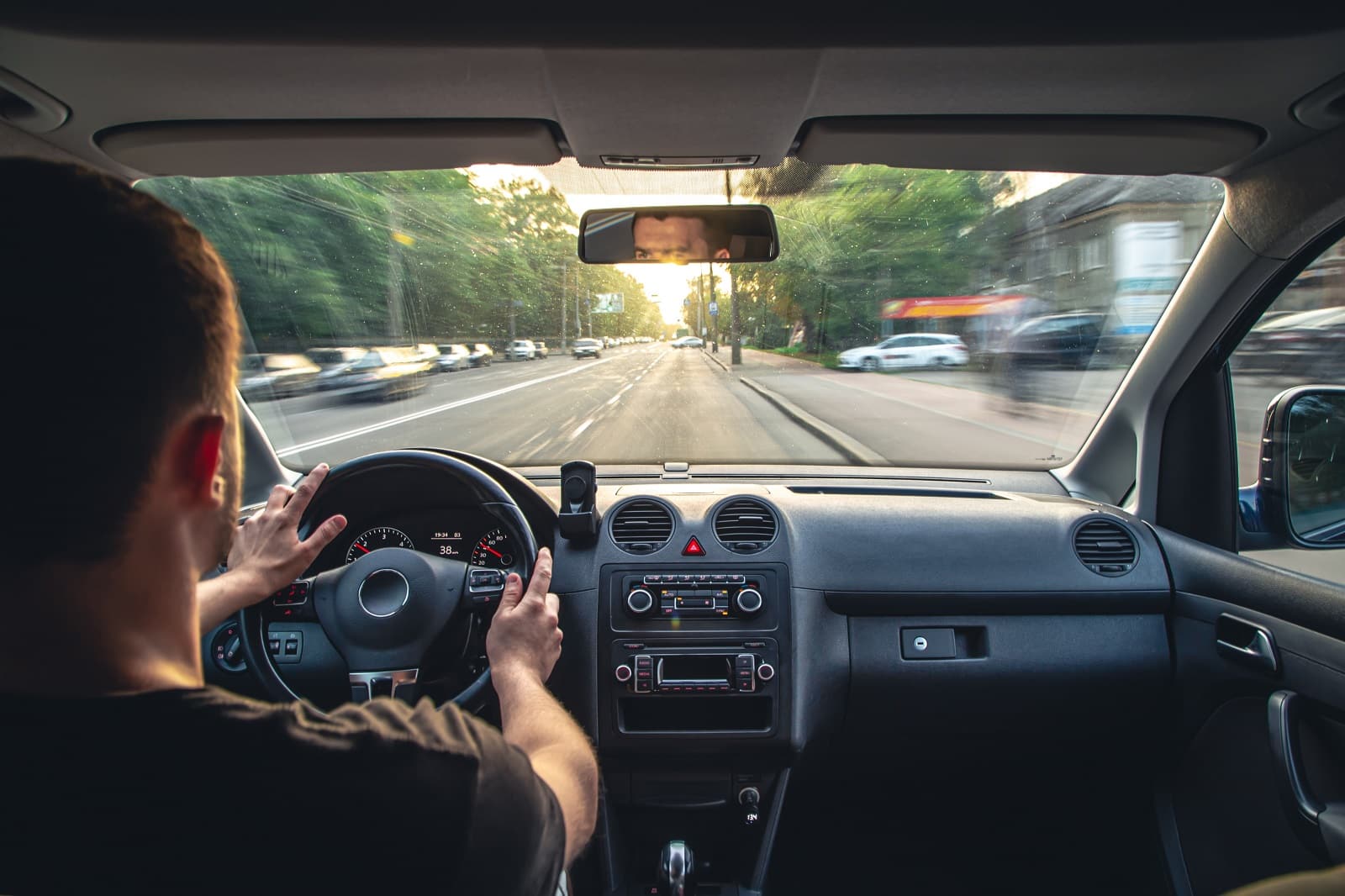
Image Credit: Shutterstock / PV productions
Many insurers now offer usage-based insurance programs, which use telematics devices or apps to monitor your driving habits. These programs can lower your premiums if you’re a safe driver, but they also monitor your speed, braking, and other behaviors. If you’ve enrolled in one of these programs, review the terms and consider whether the potential savings outweigh the intrusion on your privacy.
9. Consider Gap Insurance for Leased or Financed Vehicles
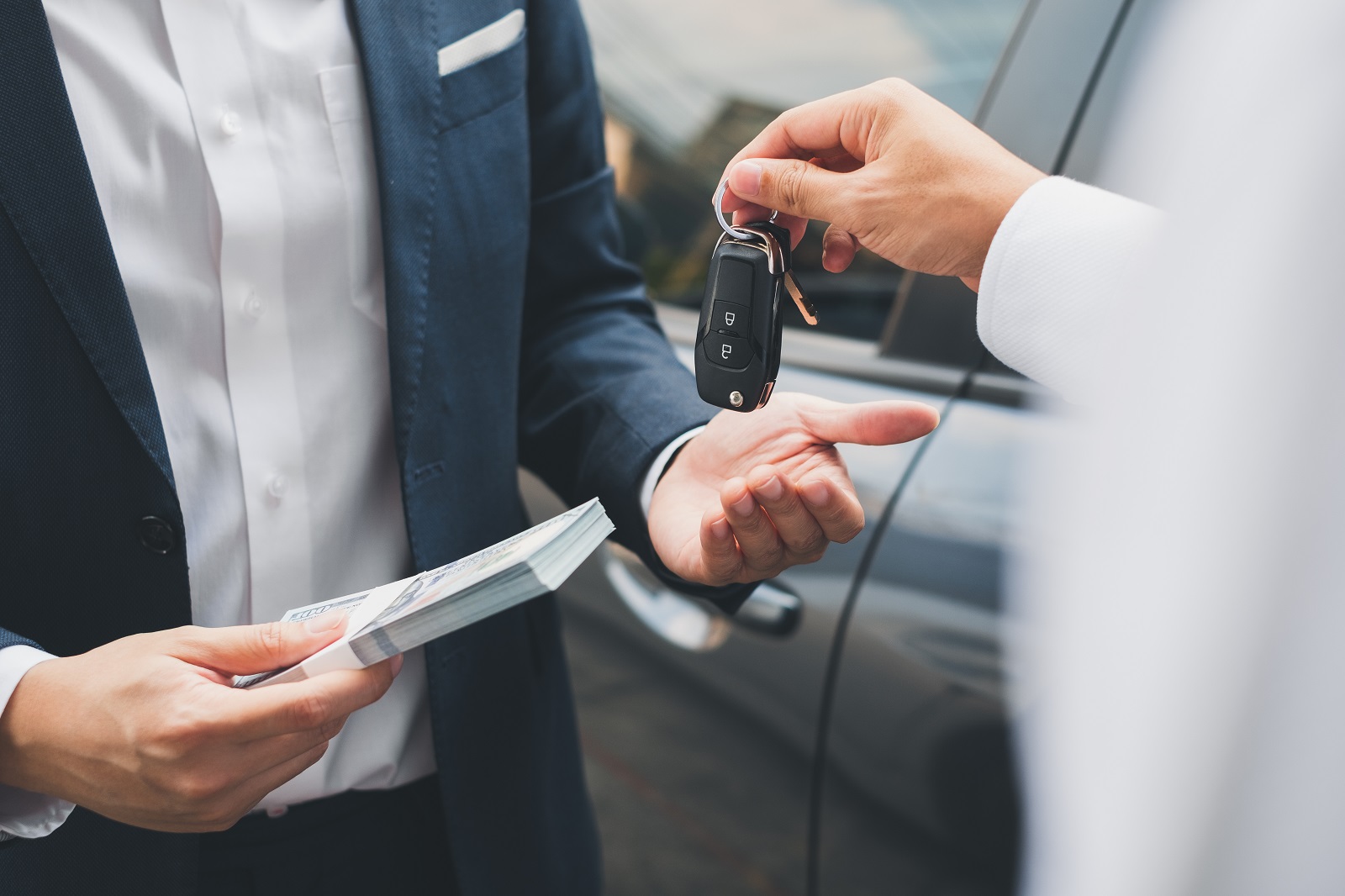
Featured Image Credit: Shutterstock / Nattakorn_Maneerat
If you’re leasing or financing your car, gap insurance is crucial. Standard insurance policies cover the current market value of your car, which might be less than what you owe on your loan or lease. Gap insurance covers the difference, so you’re not stuck paying out of pocket if your car is totaled. Review your policy to make sure you have this protection if your vehicle is leased or financed.
10. Review Coverage for Custom Parts
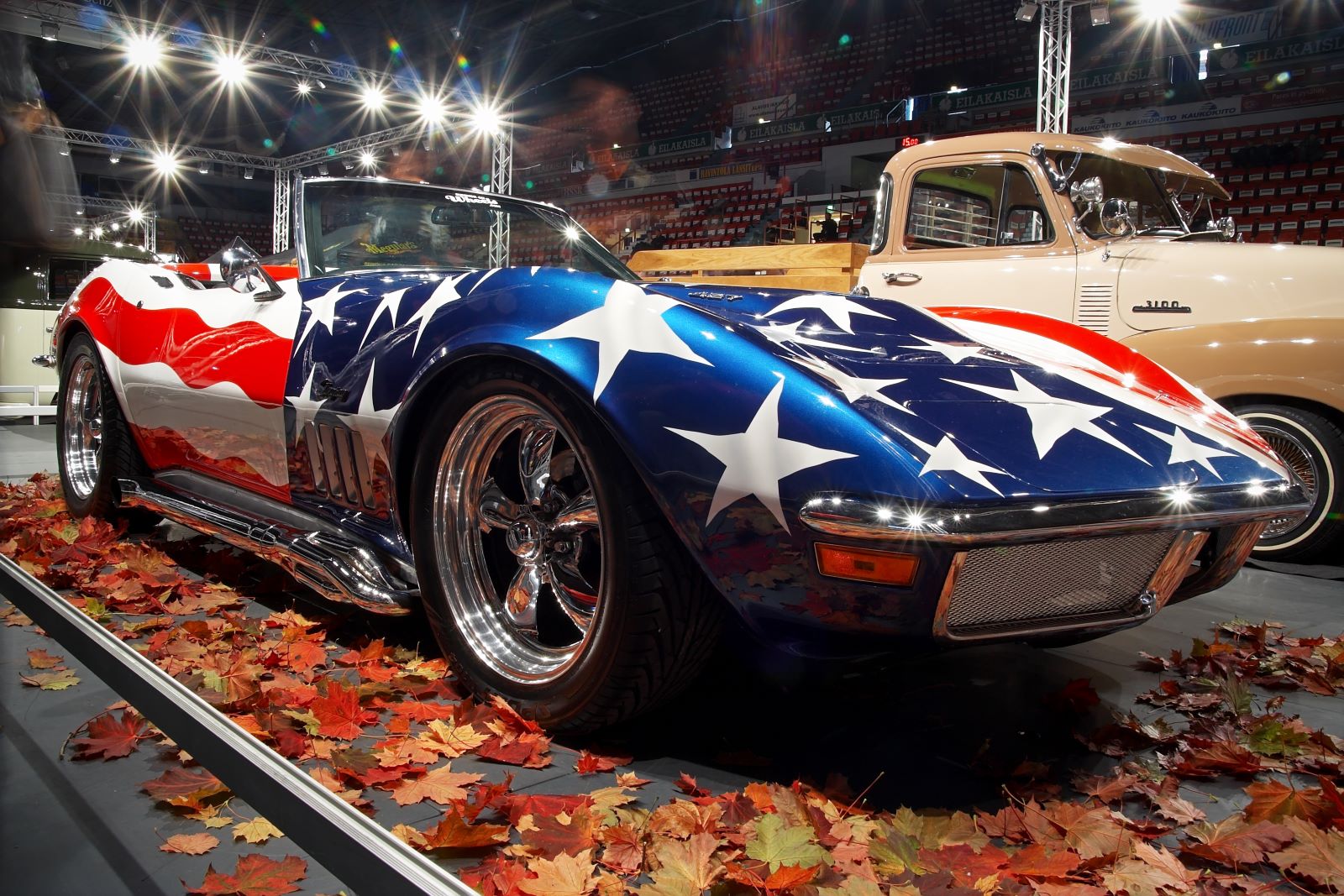
Image Credit: Shutterstock / Maksim Toome
If you’ve invested in custom parts or accessories for your vehicle, such as new rims, a high-end stereo system, or performance upgrades, make sure your policy covers them. Standard policies typically only cover the original equipment from the manufacturer. You may need to purchase additional coverage for aftermarket parts, so review your policy and talk to your insurer about any custom modifications.
11. Know What’s Excluded from Your Policy

Image Credit: Shutterstock / insta_photos
Every policy has exclusions, and understanding what’s not covered is just as important as knowing what is. For example, many policies exclude coverage for rideshare driving (e.g., Uber or Lyft), racing, or using your car for business purposes. Make sure you’re aware of any exclusions in your policy so you’re not caught off guard in case of an accident.
12. Check for Roadside Assistance Coverage
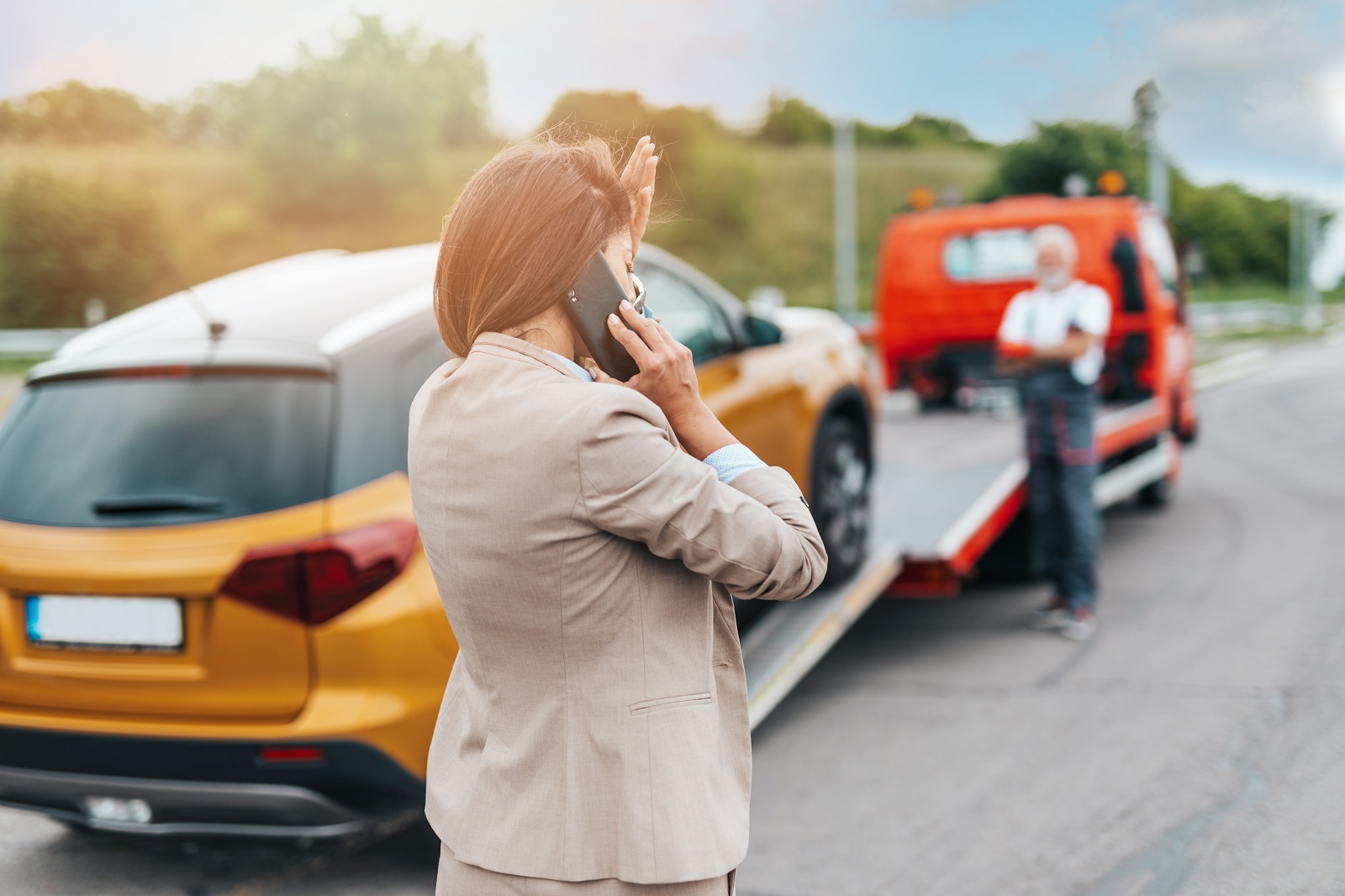
Image Credit: Shutterstock / hedgehog94
Roadside assistance can save you from the stress and expense of breakdowns, flat tires, or towing after an accident. Many insurers offer roadside assistance as an add-on, but it’s not automatically included in all policies. If you drive often or in remote areas, make sure you have this coverage to avoid costly out-of-pocket expenses.
13. Ensure Coverage for Newer Tech Features

Image Credit: Shutterstock / DesignRage
If you drive a newer vehicle with advanced safety features like lane departure warnings, automatic braking, or adaptive cruise control, check that your insurance policy properly accounts for the cost of repairs for these high-tech components. Repairs for these features can be much more expensive than for standard vehicles, and not all policies adjust for these differences.
14. Review Medical Payments (MedPay) or Personal Injury Protection (PIP)

Image Credit: Shutterstock / Summit Art Creations
Medical Payments (MedPay) and Personal Injury Protection (PIP) cover your medical expenses and lost wages after an accident, regardless of fault. Check if your policy includes these coverages and ensure the limits are high enough to protect you in the event of a serious injury. This is especially important if you don’t have health insurance or have a high-deductible health plan.
15. Are You Covered for Hit-and-Run Accidents?
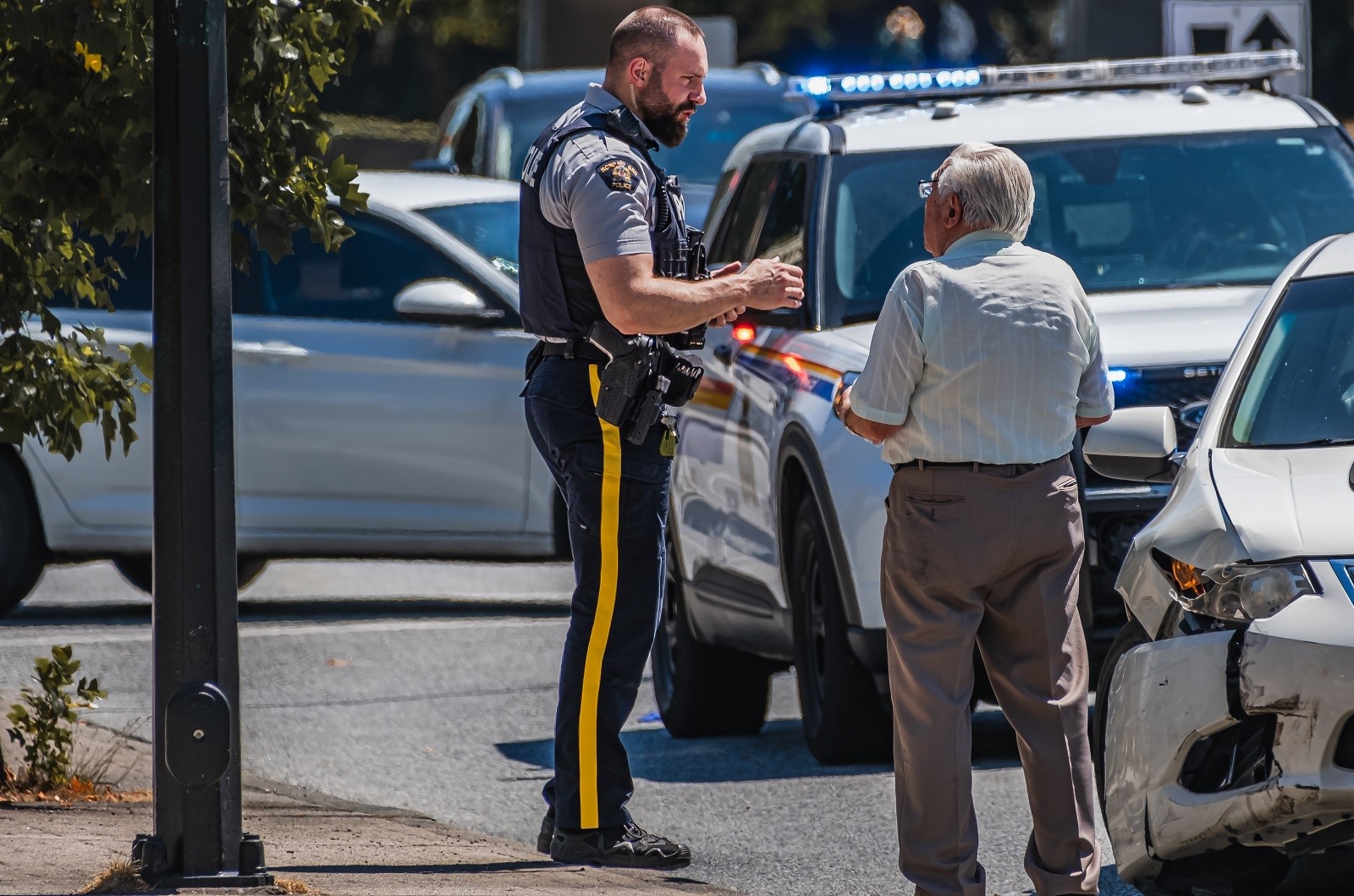
Image Credit: Shutterstock / Elena_Alex_Ferns
Hit-and-run accidents are, unfortunately, a reality for many drivers. Not all policies automatically cover hit-and-run incidents, so review your uninsured motorist coverage to ensure you’re protected if the at-fault driver flees the scene.
16. Double-Check State-Specific Requirements

Featured Image Credit: Shutterstock / lazyllama
Each state has different minimum insurance requirements, so make sure your policy complies with your state’s laws. If you’ve recently moved, you may need to adjust your coverage to meet your new state’s requirements. Additionally, some states require specific coverages, like no-fault insurance in Florida or uninsured motorist coverage in Virginia.
17. Are You Paying for Unnecessary Coverage?

Image Credit: Shutterstock / SB Arts Media
If your vehicle is older and less valuable, you might be paying for coverage you no longer need. For example, comprehensive and collision coverage might not be cost-effective if the car’s value is lower than the premiums and deductibles combined. Review your policy to ensure you’re not over-insured for a vehicle that’s lost much of its value.
18. Ensure Coverage for Carpooling and Rideshare

Image Credit: Shutterstock / AlessandroBiascioli
If you’re driving for a rideshare company like Uber or Lyft or regularly carpooling, check that your policy covers this usage. Some insurers require additional coverage for rideshare driving, while others offer specific rideshare policies. Make sure you have the right coverage to avoid gaps that could leave you vulnerable.
Conclusion: Is Your Policy Up to the Task?
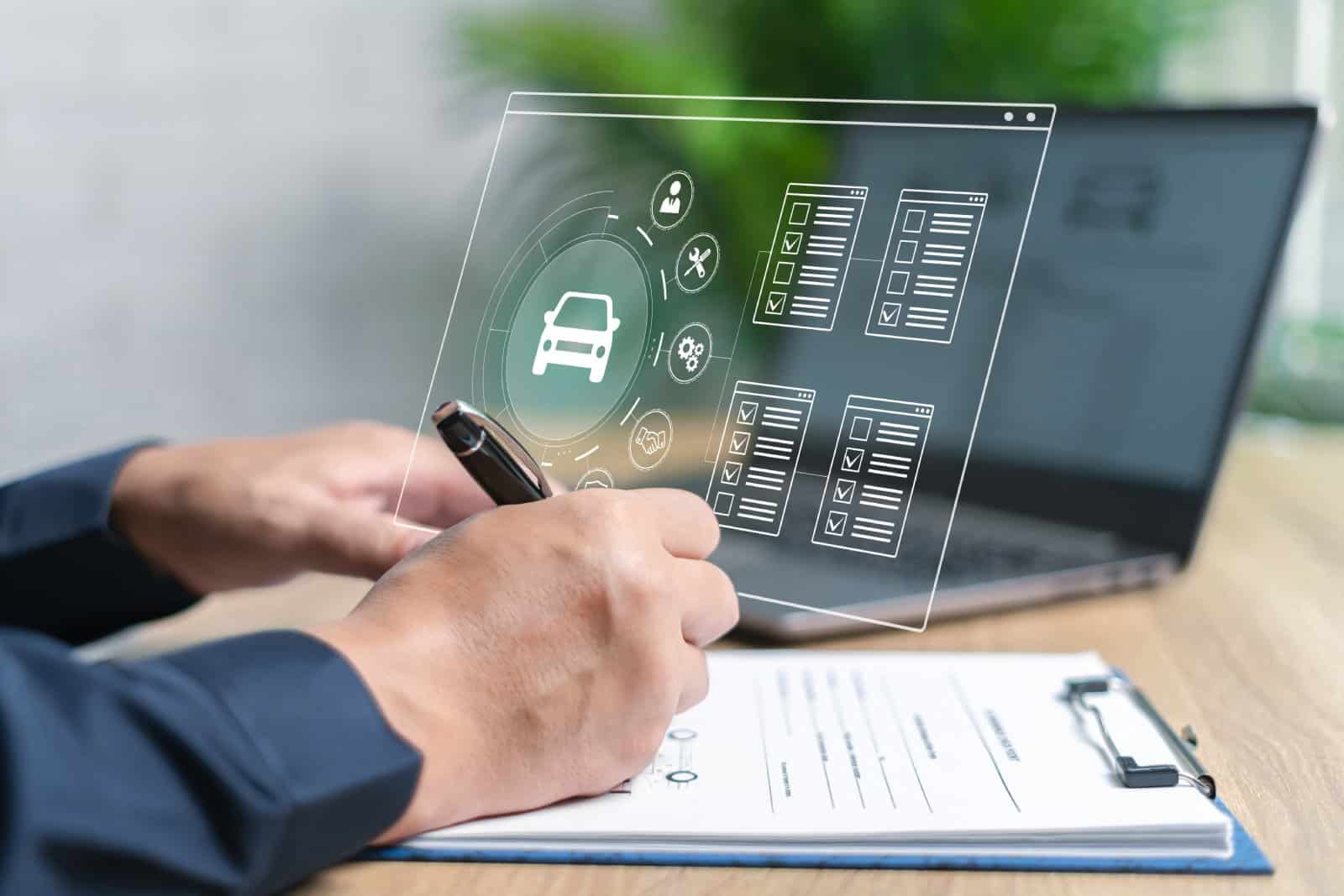
Image Credit: Shutterstock / NONGASIMO
Your car insurance policy isn’t a “set it and forget it” purchase—your coverage needs to adapt as your life, your car, and the risks you face change. Taking the time to double-check these key areas can help ensure you’re fully protected. Are you confident your insurance policy will cover you when you need it most, or is it time for a review?
Police Magnet: 7 Cars That Guarantee You’ll Get Pulled Over
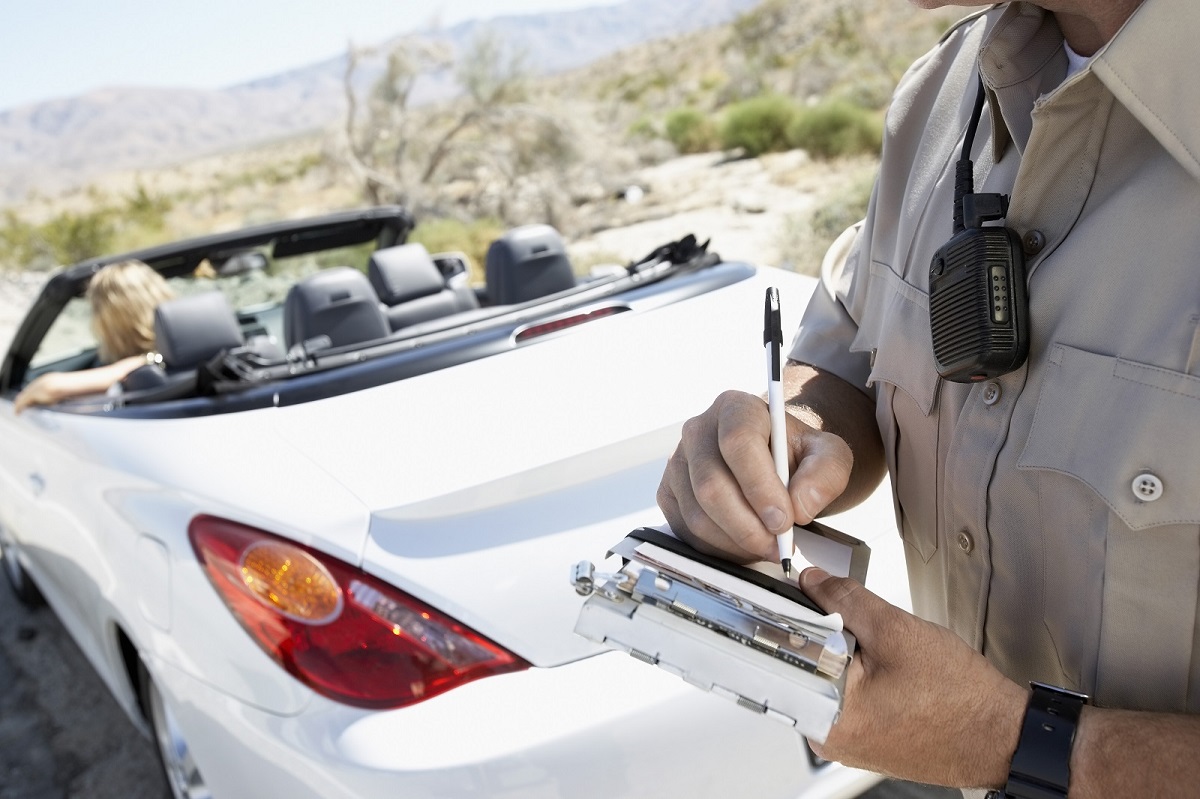
Image Credit: Shutterstock / sirtravelalot
Driving certain cars can make you more noticeable to law enforcement, even if you’re abiding by all the rules. Are you driving one of these “police magnets”? Here are seven cars that seem to attract more police attention than others. Police Magnet: 7 Cars That Guarantee You’ll Get Pulled Over
The Classic Cars That Were Total Clunkers
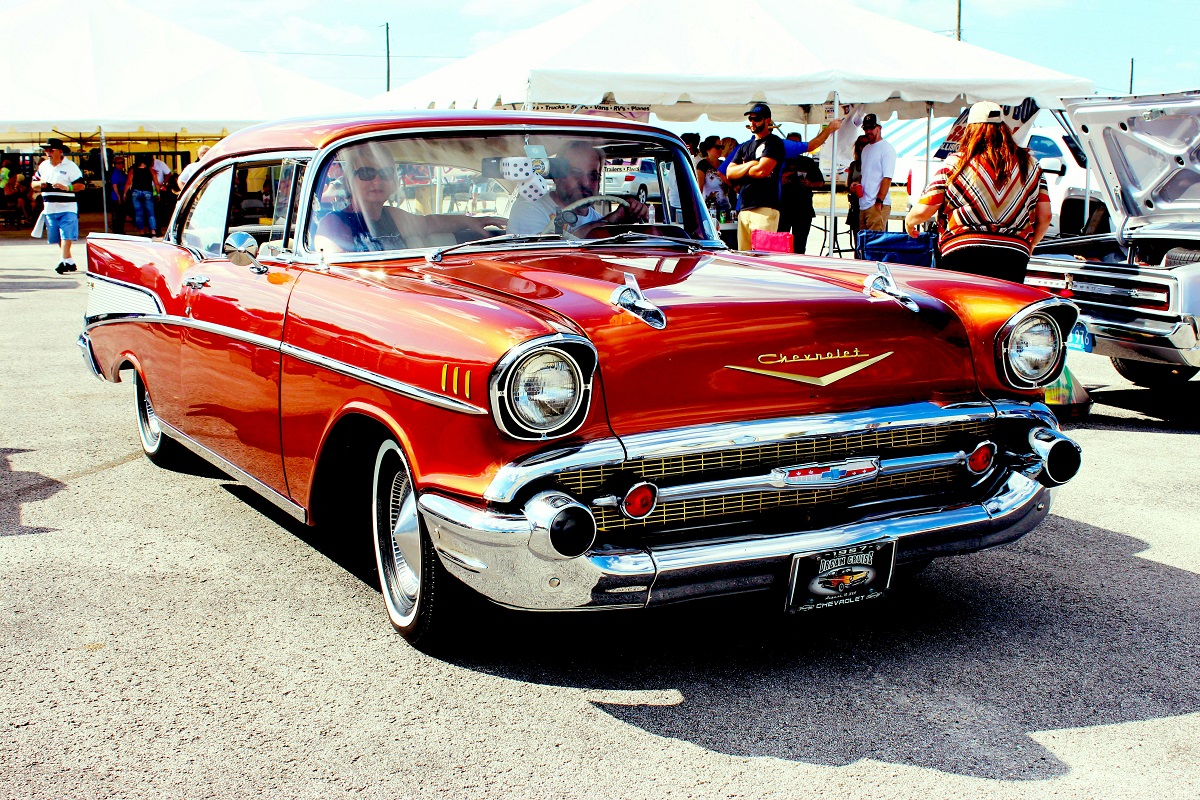
Image Credit: Pexels / Pixabay
Nostalgia has a funny way of making the past seem better than it was, especially when it comes to cars. But here’s the hard truth: some of those “classic” cars your dad raves about were real clunkers. Here’s a closer look at why some of those so-called “classics” weren’t all they were cracked up to be. The Classic Cars That Were Total Clunkers
The Worst U.S. Cars Ever Made: A Retro List
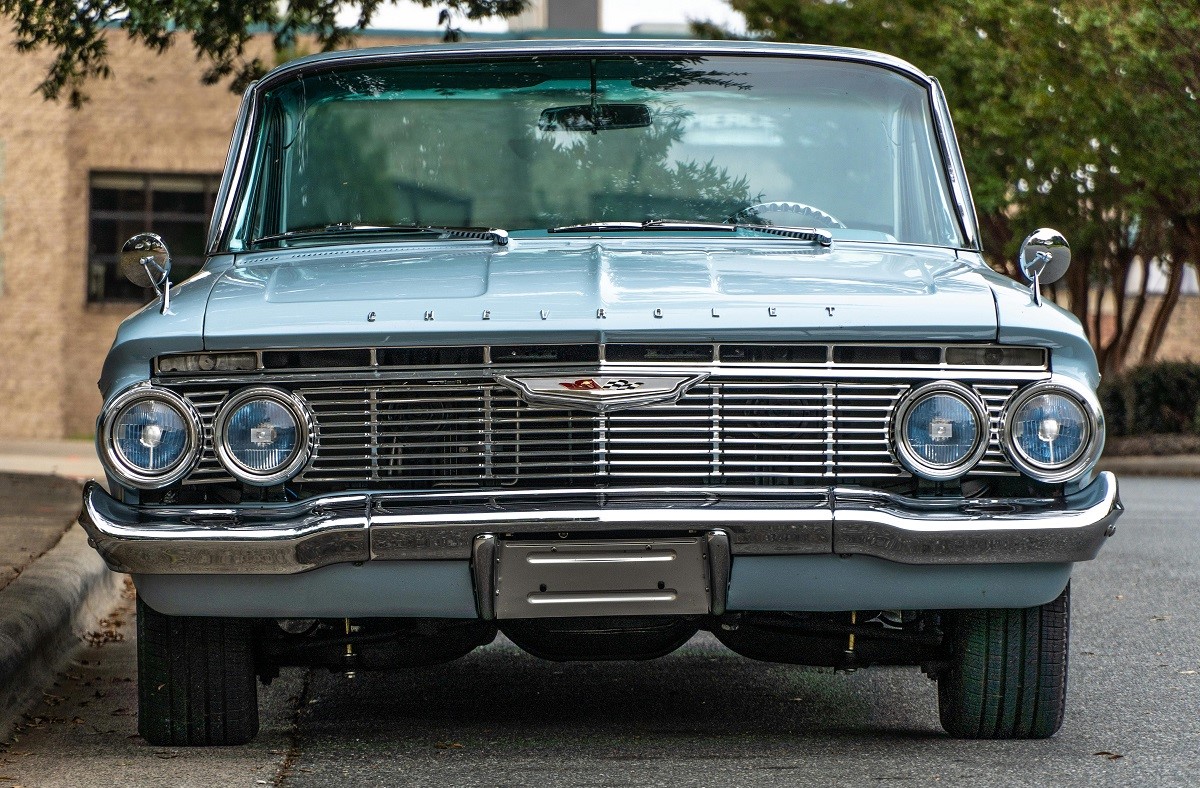
Image Credit: Pexels / Be The Observer
The U.S. auto industry has produced some incredible vehicles, but not every model was a hit. Here’s a look back at 16 of the worst cars ever made in the U.S., each infamous for its own unique flaws. The Worst U.S. Cars Ever Made: A Retro List
Featured Image Credit: Shutterstock / mojo cp.
The content of this article is for informational purposes only and does not constitute or replace professional advice.
The images used are for illustrative purposes only and may not represent the actual people or places mentioned in the article.
For transparency, this content was partly developed with AI assistance and carefully curated by an experienced editor to be informative and ensure accuracy.
